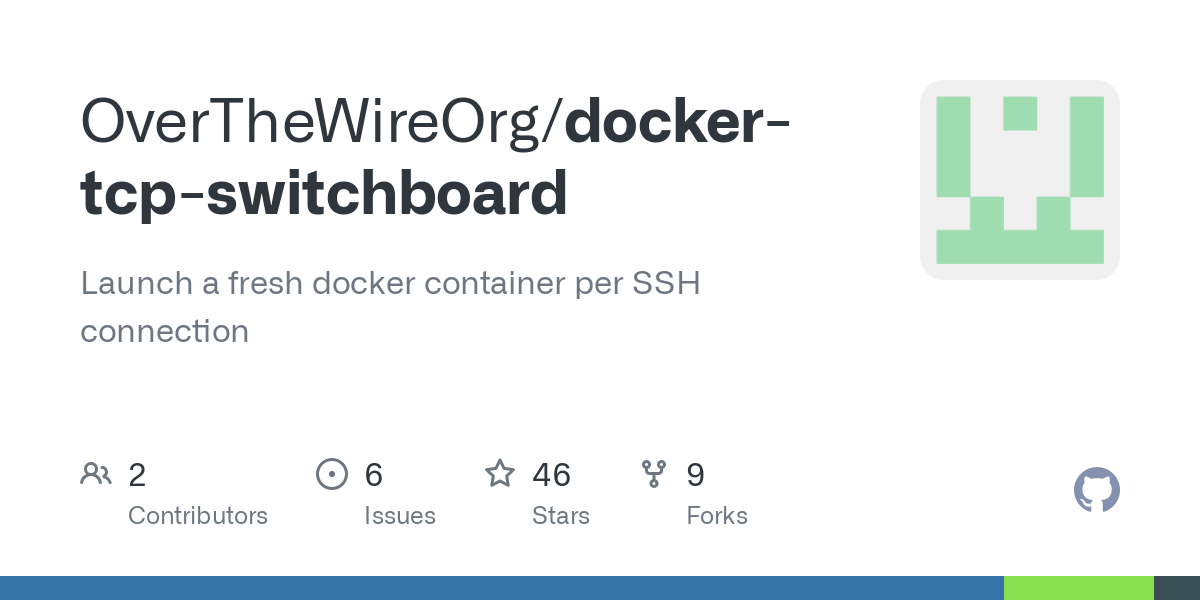

There’s also the needy users that create tickets for every prompt, dialog, message, delay… Pretty much anything that could happen at all ever, whether it affects their ability to do their work or not.‘’
This could be weaponized incompetence. “Oh I keep having issues with my computer that interfere with my work, so I can’t work and IT is incompetent and can’t help me, look at all these tickets and how long IT takes. I just can’t get any work done!”







So I have an answer for this. Basically all of the entities listed that relicensed their projects to the SSPL, also relicensed their projects using the dual licensing scheme, including one proprietary license. That’s important later.
The SSPL’s intent is probably that the deployment framework used to open source this software must be open sourced. I like this intent, and I would consider it Free/Libre Software, but it should be noted that another license, the open watcom license, which requires you to open source software if you simply deploy it, is not considered Free Software by the FSF. I don’t really understand this decision. I don’t count “must share source code used” as a restriction on usage cases. It seems that the FSF only cares about user freedom, whoever is using the software, and views being forced to open source code only used privately as a restriction.
Now, IANAL… but the SSPL’s lettering is problematic. What is part of the deployment system? If I deploy software on Windows, am I forced to open source windows? If I deploy it on a server with intel management engine, am I forced to open source that? Due to the way it is worded, the SSPL is unusable.
And a dual license, one proprietary and one unusable means only one license — proprietary. There’s actually a possibility that this is intentional, and that the intent of the SSPL was never to be usable, but rather so that these companies could pretend they are still Open Source while going fully proprietary.
But, for the sake of discussion, let’s assume the SSPL’s intent was benevolent but misguided, and that it’s intent was not to be unusable, but rather to force companies to open source deployment platforms.
Of course, the OSI went and wrote an article about how the SSPL is not an open source license but that’s all BS. All you need to do is take a look at who sponsors the OSI (Amazon, Google, other big SAAS providers) to realize that the OSI is just protecting their corporate interests, who are terrified of an SSPL license that actually works, so they seek to misrepresent the intent of the SSPL license as too restrictive for Open Source — which is false. Being forced to open source your deployment platform still allows you to use the code in any way you desire — you just have to open source your deployment platform.
AGPL. There’s also Open Watcom, but it’s not considered a Free Software license by the FSF, meaning software written under that wouldn’t be included in any major Linux distros.
I think in theory you could make an SSPL that works. But SSPL ain’t it.
Of course, there are problems with designing an SSPL that works, of course. Like, if you make it so that you don’t have to open source proprietary code by other vendors, then what if companies split themselves up and one company makes and “sells” the proprietary programs to another.